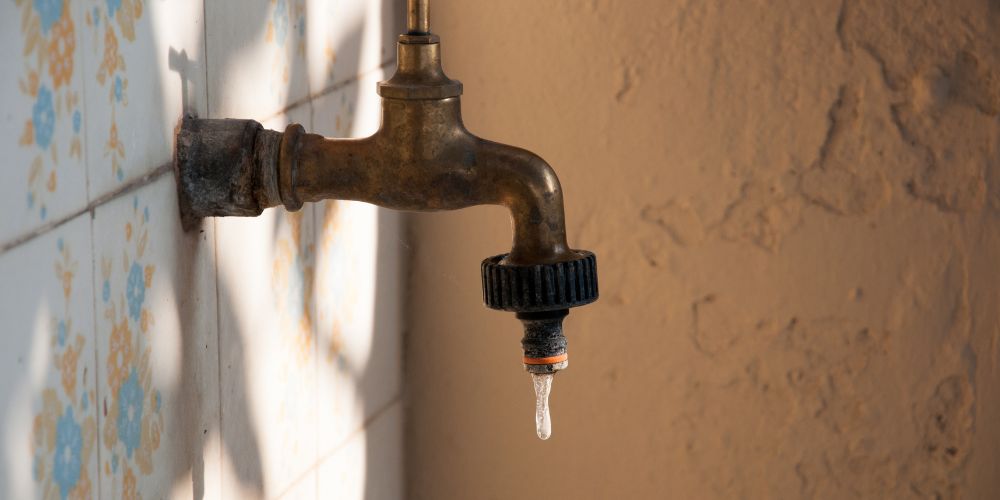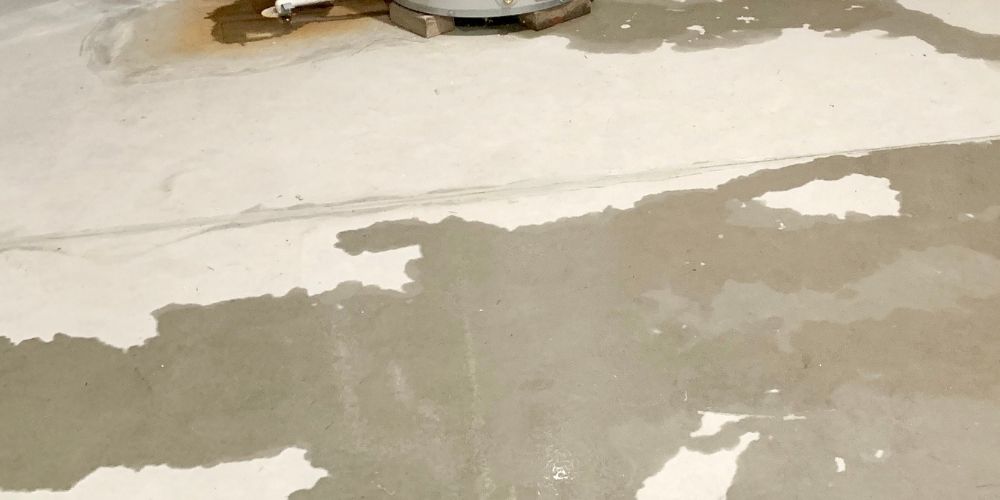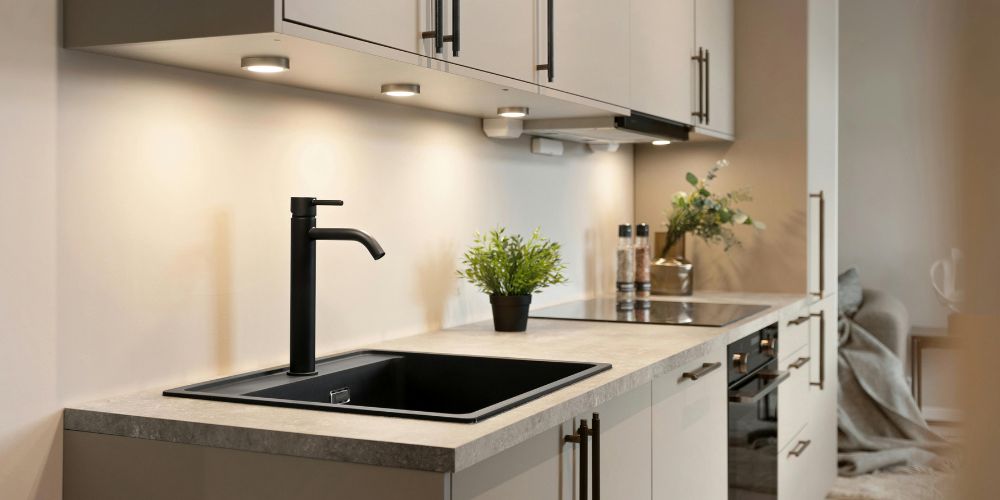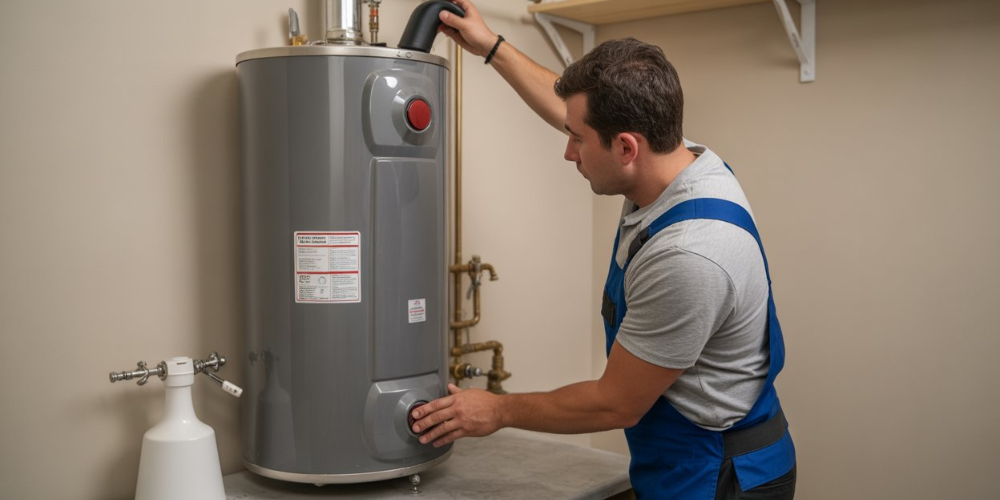Clogged toilets are one of those household issues that tend to strike when you least expect it, right before guests arrive or in the middle of a busy morning. Whether it’s a sluggish flush, water rising dangerously close to the rim, or a full-on backup, the stress can escalate quickly.
But what causes these annoying clogs? While some issues stem from simple daily habits, like using too much toilet paper, others may be signs of deeper plumbing concerns. And although a trusty plunger can solve a lot, it’s not always the long-term fix.
In this blog, we’ll take a closer look at the most common reasons toilets get clogged and share straightforward solutions you can try before calling in a pro. Understanding the root cause is the first step to preventing future blockages and keeping your bathroom running smoothly.
1. Item Clogs: What Not to Flush
It’s easy to think that if something goes down the toilet, it’s gone for good—but unfortunately, that’s not always the case. Even items labeled “flushable,” like certain wipes, can clog up your plumbing. Paper towels are another common culprit—they’re designed to stay strong when wet, so they don’t break down in water like toilet paper does.
Other everyday things people try to flush (but shouldn’t) include:
- Makeup wipes and cleaning cloths
- Menstrual products
- Napkins and tissues
- Q-tips, cotton balls, and hair
How to Fix It
If your toilet is clogged from one of these items, try using a plunger first. A few solid pumps might be enough to push the clog through the pipes. If that doesn’t work, a toilet auger (also called a toilet snake) can help you fish the clog out.
Pro Tip:
Only flush toilet paper and waste—everything else belongs in the trash. To make it easier for everyone in the house, keep a wastebasket in every bathroom. A small step like this can save you from big plumbing problems down the line.
Also read, How to Unclog A Drain?
2. Clogged Toilet Trap? Here’s What’s Happening
One of the most common reasons your toilet might clog is a blocked toilet trap—that curved S- or P-shaped part you can see on the side of the bowl. It’s designed to hold water and keep sewer gases from coming back into your home, but it can also catch things that shouldn’t have been flushed.
In many cases, the trap isn’t fully blocked—just partially clogged. Your toilet might still flush, but you’ll notice the water drains slowly. If ignored, that small clog can turn into a big one fast, sometimes causing messy overflows.
What You Can Do:
Start with a plunger. Often, that’s enough to push the clog through the trap and into the drain. If that doesn’t work, a toilet auger (a.k.a.. a plumbing snake) can help break things up and move the blockage along. Still stuck? That’s the time to call a professional plumber who can clear it out safely without damaging your toilet or pipes.
3. Blocked Plumbing Vents Could Be the Hidden Culprit
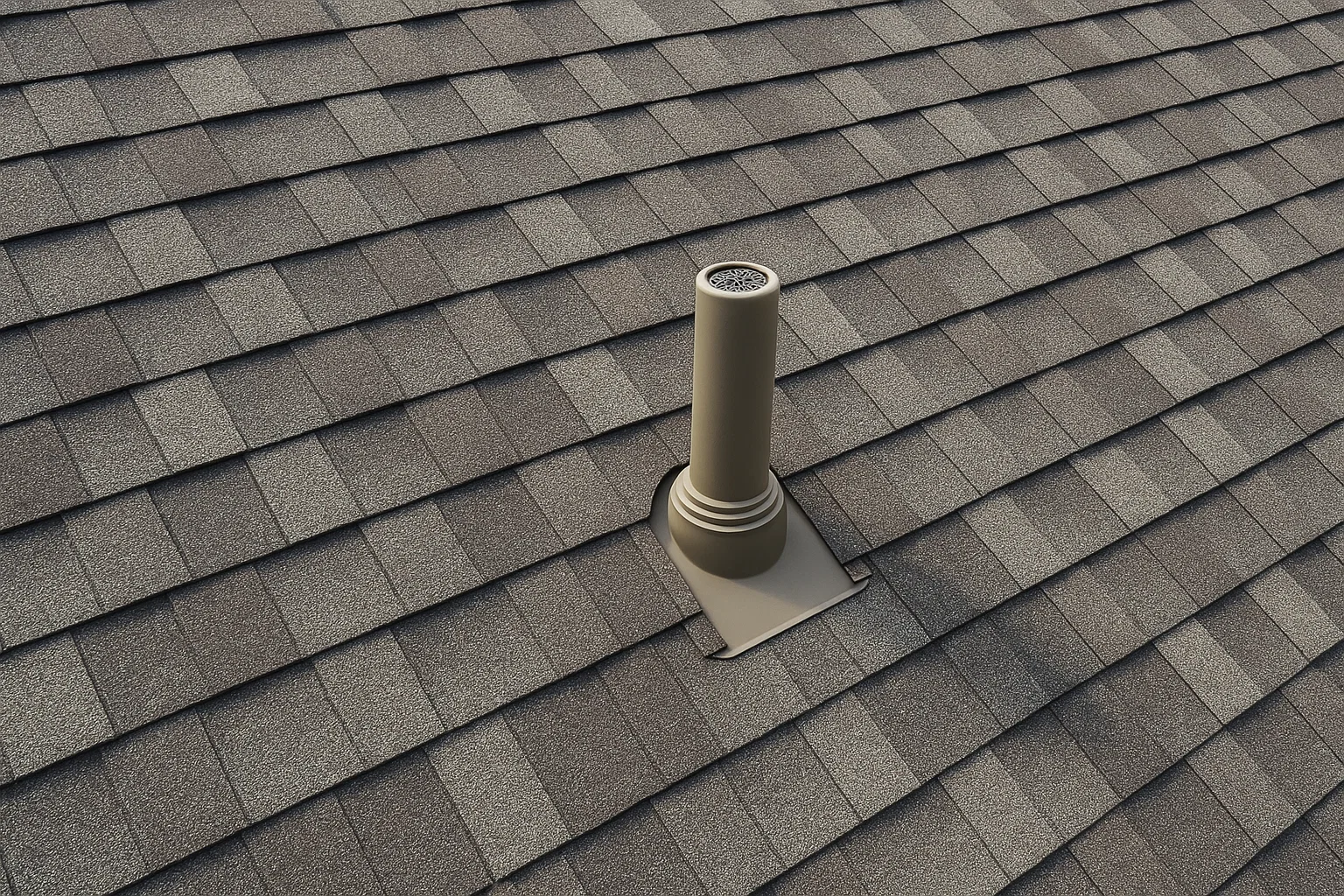
Your plumbing system doesn’t just rely on pipes and water—it also needs air to flow properly. That’s where plumbing vents come in. These vertical pipes help balance the air pressure in your drains so water flows smoothly and odors stay sealed away.
Vents usually run from your drain system up through the attic and out the roof. They let fresh air in, which boosts the toilet’s flushing power. But if those vents get blocked by leaves, a bird’s nest, or debris, your toilet may start to flush weakly or act up.
How to Check It:
If you suspect a vent issue, here’s a quick test: Have someone flush the toilet while you (safely!) place a hand over the vent opening on the roof. If there’s no suction, there’s likely a blockage inside.
Sometimes, clearing debris from the top of the vent is all it takes. But if the blockage is deeper, you might need a plumber’s snake—or a professional—to get things flowing again.
4. Damaged Sewer Line
Your home’s main sewer line runs underground and connects to either the city’s sewer system or a septic tank. Because it’s buried, it’s exposed to all sorts of underground threats, like tree roots growing into the pipe or shifting soil that causes cracks. When that line gets damaged, things like dirt, rocks, and debris can make their way in.
A good sign that this might be happening? If more than one toilet or drain in your house is acting up at the same time, it could point to a deeper issue in the main line, not just a regular clog.
Also read, Common Sewer Line Problems and Their Solution
What to Do:
This isn’t a DIY job. You’ll need to call an emergency plumber who can use specialized tools, like a motorized auger with a flexible cutting head, to break up the blockage and clean out the pipe properly.
5. Low-Flow Toilets
Low-flow toilets are great for saving water and lowering your utility bills. But older models, especially the first-generation low-flush designs, often don’t have the power to push waste through the drain system. That makes them more likely to clog, especially if you’re dealing with solid waste or using a lot of toilet paper.
What to Do:
If your toilet is constantly clogging and it’s an older low-flow model, upgrading might be the best fix. Newer low-flow toilets are much better designed, and some even use pressurized air to give extra flushing force, so they use less water but still get the job done.
You could also consider a dual-flush toilet, which gives you two flush options: one for liquids and one for solids. Or, if you need more flushing power due to frequent clogs, a power-assist toilet could be the way to go. They cost a bit more than standard ones but offer a stronger flush.
Also, double-check the float inside your toilet tank. If it’s set too low, the tank may not fill with enough water for a full flush, which can lead to weak performance and—you guessed it—more clogs.
6. Too Much Toilet Paper
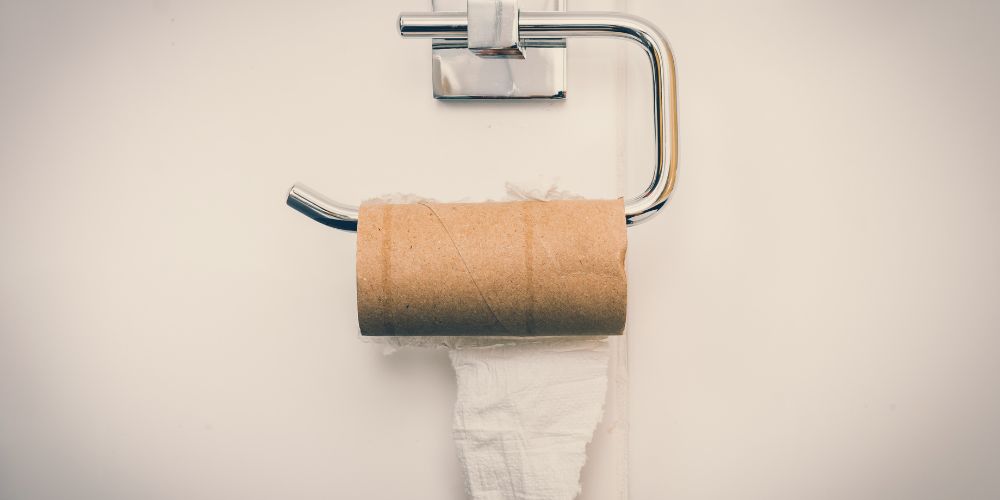
Toilet paper is made to dissolve in water, but when too much gets flushed at once, it can create a clog. A big wad can block the drain, mess with the flushing action, and even stop water from properly filling the bowl.
How to Fix It
Most people only need about seven sheets of toilet paper per wipe—that’s just an average, of course, and it might vary depending on your needs. If you have kids, it’s worth having a quick chat with them about how much is too much to flush.
Want to cut back on toilet paper altogether? Installing a bidet seat can help! While it’s not a total replacement for toilet paper, it keeps things cleaner, so you use less tissue overall.
7. Water Flow Issues
Sometimes the problem isn’t inside your toilet at all—it’s in the water supply. If there’s a disruption in your city’s water system, like a broken water main or a maintenance outage, it can cause low pressure or reduce water flow into your home, making it seem like your toilet is clogged or not working.
How to Fix It
Start by checking with your local water utility or city hall. They usually post alerts online if there’s a known issue in your area. If everything seems fine on their end, the problem could be within your home.
Take a look at the water supply valves—there’s usually a main valve that controls water for the entire house, plus individual valves for the bathrooms, kitchen, and laundry room. Make sure each one is fully open. If the valve is partially closed, it can reduce the flow and impact your toilet’s flushing power.
Tips for Preventing Toilet Clogs – Stop Flushing the Wrong Stuff
Let’s be real—flushing something down the toilet can feel like an easy fix in the moment. Out of sight, out of mind, right? But the truth is, toilets are only designed to handle human waste and toilet paper. Anything else, no matter how small or innocent it seems (we’re looking at you, “flushable” wipes), can build up over time and cause serious clogs.
If it’s not toilet paper, don’t flush it. That simple rule can save you from a world of plumbing problems down the line.
Here are a few tips to help keep things flowing smoothly:
- Keep a trash can nearby.
If you’ve got a garbage bin within arm’s reach, you’re way less likely to toss the wrong stuff into the bowl. - Don’t trust the label.
Even if something says it’s “flushable” (like wipes), it’s better to play it safe and toss it in the trash instead. These products don’t break down like toilet paper and are known to clog pipes. - Go reusable when you can.
Items like washcloths and cloth diapers are gentler on your plumbing and the planet—and they’ll save you money in the long run. - If you’ve been flushing the wrong stuff… now’s the time to stop.
Don’t wait until you’ve got a backed-up bathroom to make a change.
Items you shouldn’t flush down your toilet include:
- Feminine hygiene products
- Diapers (cloth or disposable)
- Baby and makeup wipes
- Tissues and paper towels
- Cotton balls and Q-tips
- Dental floss
- Hair
- Leftover food or drinks
- Cooking oils and grease
Your toilet’s not a trash can—treat it kindly, and it’ll keep doing its job without a fuss!
Final Thoughts: Keep Your Toilet Trouble-Free
Clogged toilets are never fun, but the good news is, most of them are preventable. Whether it’s avoiding non-flushable items, being mindful about toilet paper use, or staying on top of maintenance like checking water flow and vent pipes, a little awareness goes a long way.
If your toilet does get clogged, don’t panic—and don’t rush to fix it in a way that could make things worse. Start with simple tools like a plunger or toilet auger, and know when it’s time to call in the pros.
And remember: your toilet is designed for just two things—human waste and toilet paper. Everything else belongs in the trash. Follow that golden rule, and you’ll save yourself time, money, and a lot of stress.
Still dealing with stubborn toilet clogs or recurring issues? Don’t wait for it to turn into a plumbing emergency. Call the trusted professionals at PlumbSmart—we’ve seen it all, and we’re here to help!


